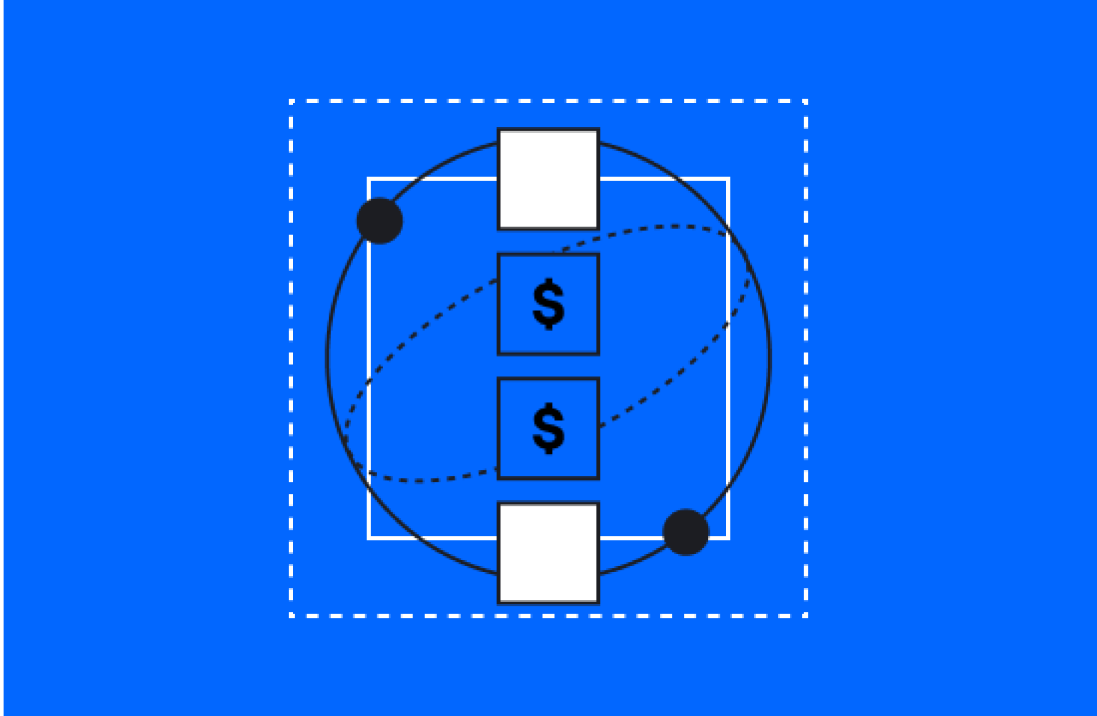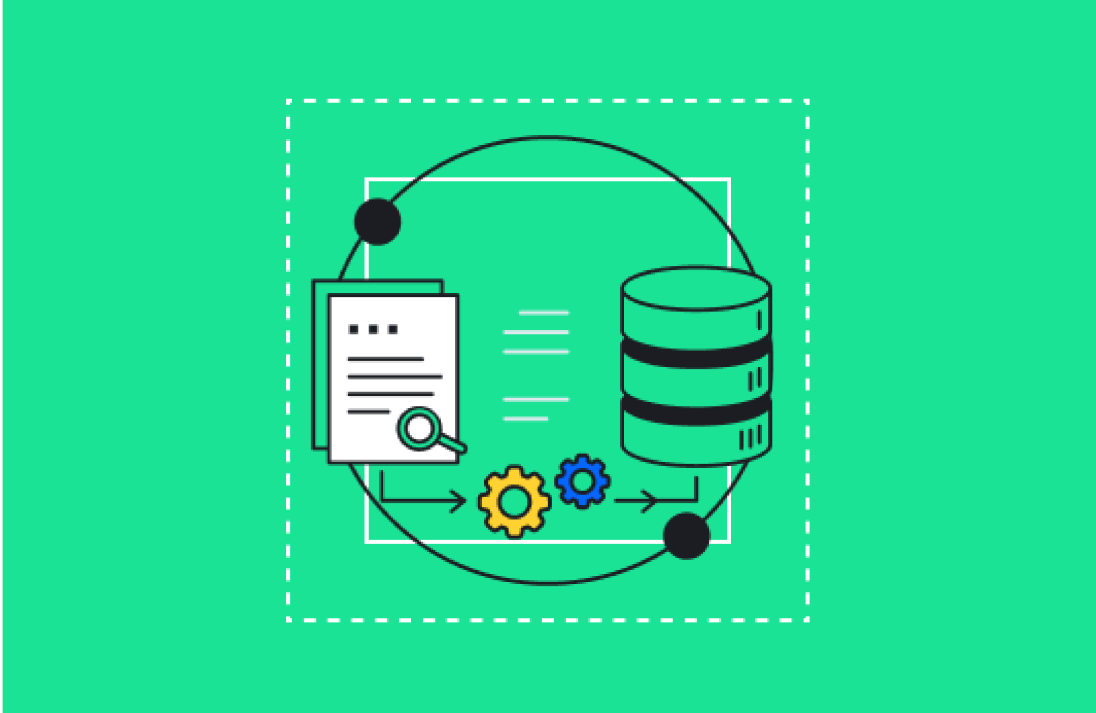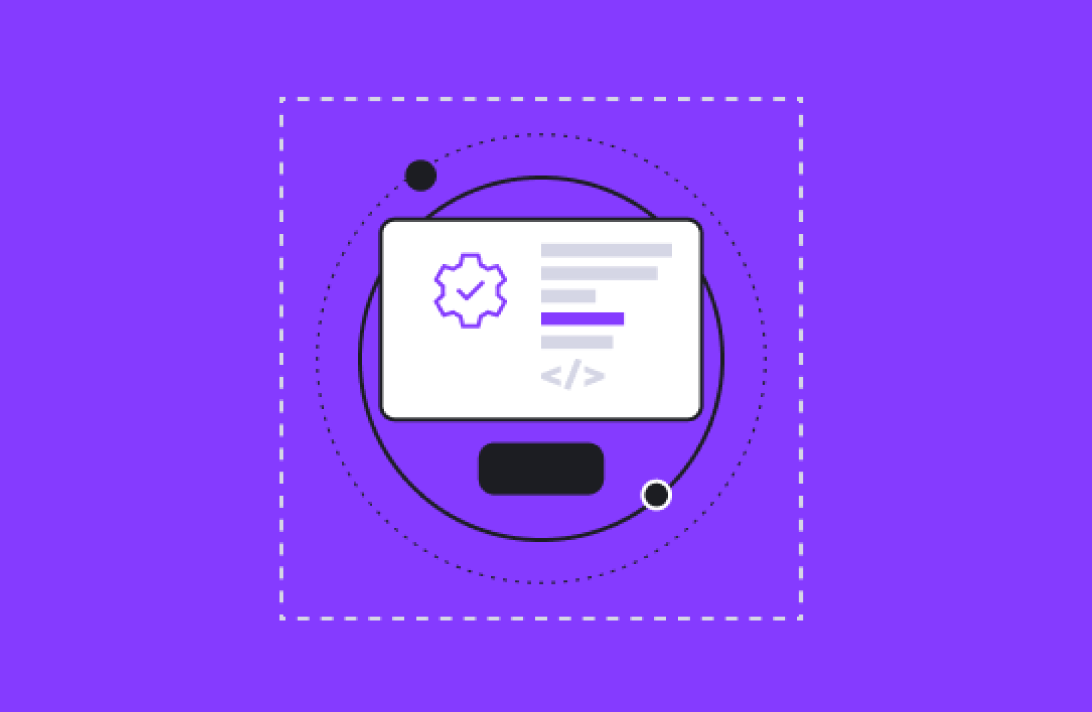Research shouldn’t mean twelve browser tabs and an hour of copy‑paste. HubSpot Data Agent runs inside your CRM to answer go‑to‑market questions, roll up context from records and conversations, and publish results where your teams actually work.
What Data Agent is
A CRM‑aware research agent that retrieves, summarizes, and structures information for sales, marketing, and CX. It can reference CRM data, conversation history, approved documents, and permitted web sources, then return answers and write useful updates back to HubSpot.
What questions it can answer
Starter prompts your teams can use today:
-
Company overview: “What does Acme do, who are the decision makers in our records, and what recent events matter for our outreach?”
-
Account prep: “Summarize last quarter’s interactions, active deals, open tickets, and renewal risks for this account.”
-
Contact insight: “What role does Jamie Rivera play in the buying committee and what objections have they raised?”
-
Competitive context: “How does Acme position against Competitor X and what differentiators in our notes resonate most?”
-
Trigger scanning: “Flag job changes or news for my Tier‑A accounts and create tasks if outreach is recommended.”
-
Event follow‑up: “Summarize questions asked during the webinar and draft follow‑ups for engaged contacts.”
-
Market research: “List the top 5 initiatives we’ve captured across closed‑won deals in fintech and the phrases buyers used.”
Tip: Operationalize your best prompts as saved actions so reps don’t start from scratch.
Where the outputs go
Data Agent’s results don’t die in a chat window, they’re written to HubSpot:
-
Smart CRM: notes on records, properties (when mapped), tasks, and attachments
-
Data Studio: publish structured datasets for segments, workflows, and reporting
-
Workflows: use answers as triggers/conditions to route or alert teams
Example: Publish a dataset that tags accounts with “expansion‑ready” based on usage notes + CS interactions, then enroll them in an account‑based play.
Credit usage
Data Agent consumes credits per response when it performs research and returns structured results. Plan for demand by:
-
Defining your most valuable prompts (and retiring low‑value ones)
-
Setting daily/weekly limits for high‑volume teams
-
Monitoring credit usage and outcomes in your admin reports
Confirm current credit policies at launch before committing budgets.
Safety and review gates
Keep output trustworthy and compliant:
-
Knowledge sources: restrict to approved records, docs, and public sources
-
Human‑in‑the‑loop: require review before customer‑facing sends
-
Citations: keep links or source notes with answers when applicable
-
Logging: archive questions, outputs, and follow‑on actions for QA
-
Permissions: limit who can publish answers to records and datasets
Implementation steps
-
Define 3–5 high‑value use cases (AE prep, CSM renewals, campaign research).
-
Draft prompt templates and guardrails (tone, scope, do/don’t).
-
Connect allowed knowledge sources and set permissions.
-
Map outputs: what becomes a note, property, task, or dataset.
-
Automate follow‑ups with workflows (alerts, enrollments, assignments).
-
Measure impact, prune prompts, and publish a short governance guide.
Metrics that matter
-
Time saved per research task (baseline vs. with Data Agent)
-
Prep coverage (records updated, properties filled)
-
Meetings booked and opportunities created from agent‑assisted plays
-
Renewal risk detection and intervention rate
-
Credit usage vs. influenced pipeline/revenue
Need help implementing HubSpot Data Agent and routing outputs to segments and workflows?
Let’s design a research system your teams will actually use, inside the CRM. Let’s Chat





